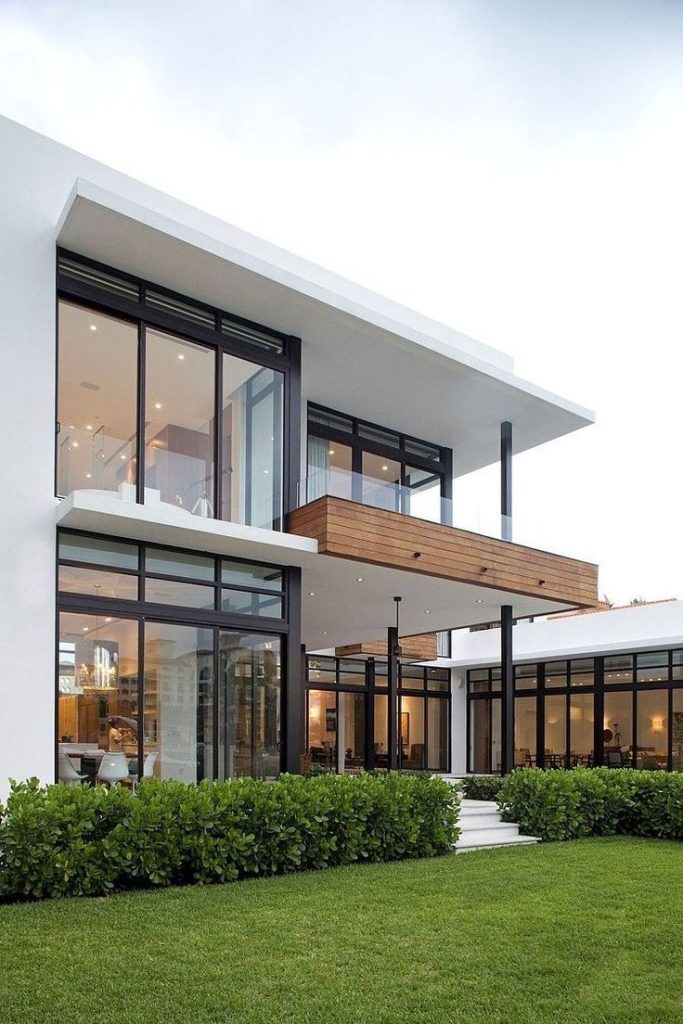Whether you’re building a new home, renovating a commercial property, or simply looking to refresh your living space, interior and exterior design plays a crucial role in creating a harmonious, functional, and aesthetically pleasing environment. These two aspects of design work hand-in-hand to reflect your personal style and elevate the overall appeal of your property. In this article, we’ll explore the importance of both interior and exterior design, trending ideas, and how to effectively bring your vision to life.
Why Interior and Exterior Design Matters
Interior design focuses on optimizing indoor spaces, improving functionality, comfort, and visual appeal. It includes elements like color schemes, furniture, lighting, textures, and layout planning. On the other hand, exterior design enhances the outer appearance of a property, including landscaping, architectural details, outdoor lighting, siding, roofing, and entryways.
When done right, both interior and exterior design can:
- Increase property value
- Improve functionality and energy efficiency
- Create a welcoming environment
- Reflect your personality or brand
- Enhance overall well-being and satisfaction
Balancing both aspects ensures a cohesive look and feel, making the transition between inside and outside seamless and stylish.
Key Elements of Interior Design
Interior design is more than just decorating—it’s about creating purposeful spaces that cater to your lifestyle. Here are some core elements to consider:
1. Color Palette
Colors influence mood and perception. Soft, neutral tones create calm and openness, while bold shades add drama and personality. Choosing the right color palette is essential for tying the space together.
2. Furniture & Layout
The arrangement of furniture should promote comfort and flow. Opt for pieces that suit the room size and function. For example, a minimalist sofa works great in a modern living room, while a vintage armchair adds charm to a cozy reading nook.
3. Lighting
Good lighting enhances every aspect of a room. Combine natural light with layered artificial lighting—ambient, task, and accent—to create depth and dimension.
4. Textures & Materials
Mixing textures—wood, glass, metal, fabrics—adds visual interest. Use area rugs, cushions, and curtains to create warmth and comfort.
5. Functional Zones
Divide open-plan spaces into functional zones. For example, define a dining area with a chandelier or a reading nook with a floor lamp and cozy chair.
Key Elements of Exterior Design
Your property’s exterior is the first impression it makes—boosting curb appeal and setting the tone for what’s inside.
1. Architectural Style
Choose a style that matches your personal taste and the neighborhood vibe. Whether it’s modern minimalism, classic colonial, or rustic farmhouse, consistency in style is key.
2. Landscaping
Well-maintained landscaping can transform even a simple home. Incorporate greenery, flower beds, pathways, and even water features to enhance outdoor beauty.
3. Outdoor Living Spaces
Create functional outdoor areas like patios, decks, or verandas. Add comfortable seating, lighting, and perhaps a fire pit or outdoor kitchen for entertaining.
4. Exterior Lighting
Strategic lighting enhances safety and highlights architectural features. Use pathway lights, wall sconces, and spotlights to illuminate your home beautifully after dark.
5. Doors and Windows
These elements play both functional and aesthetic roles. Choose designs that complement your home style while maximizing natural light and ventilation.
Interior and Exterior Design Trends
Here are a few trends making waves in the design world:
- Sustainable Design: Eco-friendly materials, solar panels, and energy-efficient appliances are in demand for both interior and exterior design.
- Biophilic Design: Bringing nature indoors with plants, natural materials, and earthy color palettes promotes wellness.
- Smart Homes: Integration of technology, from automated lighting to climate control, enhances convenience and energy savings.
- Bold Accents: Statement walls, colorful front doors, and unique tile patterns are adding personality to spaces.
- Seamless Indoor-Outdoor Living: Large sliding doors, similar flooring, and coordinated color schemes help blend indoor and outdoor spaces.
Tips for Harmonizing Interior and Exterior Design
To create a unified design theme, consider the following tips:
- Use Complementary Color Palettes: Extend your interior colors outdoors or vice versa.
- Maintain Material Consistency: Use similar materials inside and out, like wood, stone, or metal, to create visual continuity.
- Repeat Design Elements: Carry motifs or shapes throughout the home to maintain a cohesive style.
- Work with a Professional: Hiring a skilled interior and exterior designer ensures your ideas are executed beautifully and efficiently.
Final Thoughts
Your home or business should be a reflection of your personality and needs, both inside and out. Investing in thoughtful interior and exterior design not only boosts visual appeal but also enhances your overall quality of life. Whether you’re aiming for a cozy, lived-in look or sleek, modern elegance, integrating design principles across both spaces ensures a well-balanced and inviting environment.

